Why is Cacao called 'Ceremonial'?
As you’ve reached this page of our website, you might already know a little bit about the essence of Cacao. But do you know what ‘Ceremonial Grade’ actually means? This article will help you understand what this term designates, as well as why and how it appeared.
We couldn’t start answering the question this article is raising without giving a slight introduction to the concept of ‘Ceremonial Cacao’. Then we’ll explore why this specific term had to appear to qualify Cacao. We’ll then introduce Keith Wilson (who is known to be the first Westerner to work with cacao as a plant medicine, who coined the term in itself and helped popularize the initial use of cacao, being a sacred drink) and share our perspective on how the market is now evolving around this designation. Last but not least, we’ll share a piece of our reflection on the use of this designation.
What is 'Ceremonial Cacao' ?
If you’re looking for an in-depth answer to this question, I invite you to read our full perspective depicted in our dedicated article. The purpose of this paragraph is to give enough elements of context to further discuss the use of the term ‘Ceremonial’.
This question is essential and often has varied answers, based on how one is using it, its experience with the drink and the available knowledge. Add to it the contexts of cacao genetics, culture, making process… And you can easily weigh the numbers of parameters that might compose the definition.
— Originally, it wasn’t necessary to qualify cacao as ‘Ceremonial’ as it was fully part of certain Mesoamerican and South-American traditions and cultures. The ceremonial or sacred aspect was a given. But as most of these traditions have been forgotten or barely kept alive, a specific designation emerged, aiming at clarifying a whole concept. A concept that had to be re-introduced, finding its way among heritage and modern practices.
An open definition
From our own perspective, saying that Ceremonial Cacao « should only be » a certain thing would be limiting. We believe it’s important to keep an open definition of the term and to get curious about its origins, so we can actually connect even more to it.
So, instead of a ready-made description, we came up with the idea that it is possible to define a frame for the definition. This frame can then be developed or sharpened, thanks to relevant criteria. Staying flexible is therefore important.
For example, our own frame for defining a cacao that’s designated as ‘ceremonial grade’ would be:
- A pure paste made out of 100% cacao beans,
- Respecting traditions inherited from concerned Mesoamerican or South American cultures,
- Processed artisanally in a minimalistic way,
- Made and shared with intention.
We share this rather broad description on purpose, so you can keep in mind that ‘Ceremonial Grade Cacao’ is a very new designation and that in our humble opinion, there is always room for discussion.

Why the designation 'Ceremonial Grade Cacao' had to appear?
Before answering this question, we should recall that cacao, as it is described here, isn’t and wasn’t just a common drink. To understand it fully, we need to shift our global perspective on food and accept the idea that everything around us — and so everything we eat and drink — is made out of different kinds of elements which impact our bodies and minds on different levels.
— For example, our health and physiological condition will fluctuate following an intake of minerals, vitamins, molecules, active compounds… It’s broadly accepted and easily measurable. Yet, deeper psychological, or even spiritual levels, might as well be impacted by those same intakes.
It is now understood that most ancient civilizations experienced food/plants from a holistic approach. So when they experienced cacao, they could understand what this food truly had to offer.
Cacao — consumed as a drink — in the form of a minimally processed 100% pure paste, has effects on the body and mind, just like coffee or tea have. Those effects certainly helped cacao rise to its sacred status, and
it wasn’t necessary to name it with an extra adjective or to give it a special title. Cacao, as it was, had its own importance in the traditions, societies and spiritualities.

Now, back to our contemporary times — after those civilizations have been colonized and their cultures scorned, cacao and its sacred status were left behind to be known and reverred only in the form of ‘chocolate’. Most of the people that gained access to it forgot (or weren’t taught) where it came from, how it used to be consumed, its effects or beneficial health properties.
The purpose of consuming cacao vanished.
— A crazy thought when you consider its history: today’s research can trace back its domestication and consumption as a drink back to 5300 years — whereas it was only introduced in the West 400 years ago, and the solid substance that resembled our contemporary chocolate bar is only 200 years old!
Yet, in the early 2000’s, through a series of personal explorations during a trip in Guatemala, a man named Keith Wilson reconnected with the plant and felt the call to understand cacao in its purest form. This happened back when ‘Ceremonial Cacao’ wasn’t a thing. He completely changed his perspective on chocolate, followed his drive in a quest for the « holy beans » and sampled all kinds of cacao, guided by what he calls the « Cacao Spirit », seeking for the most potent beans he could find.
His findings initially led him to share cacao with a few people.
The word spread and sooner than he knew, dozens of people were experiencing the effects of cacao and finding a new meaning in its consumption. The necessity of a proper designation came up.
Keith’s impact was huge on increasing cacao’s popularity and definitely helped boosting its expansion. However it is important to keep in mind that cacao traditions were still well alived, preserved and shared among certain people, prior to his involvement.
So how to describe this cacao differently than our modern archetype of chocolate?
From 'The Food for the Shift' to 'Ceremonial Grade Cacao'
« I once asked the Cacao Spirit what the ‘big picture’ was, and She directed me to an anthropological
journal that quoted an ancient myth:
‘When mankind gets out of harmony with the natural world, chocolate comes from the rainforest to open peoples’ hearts and re-establish the balance.’
In my early communications with the Cacao Spirit, She referred to herself as ‘The Food for the Shift’.
This cacao accelerates your awakening if that is where you want to go. »
Spiritual chocolate – Sacred chocolate – Sacred cacao – Ceremonial Grade Cacao – Holy Bean – The Food for the Shift…
All those labels arrived step by step in the vocabulary linked to pure cacao and how Keith, and the community slowly building around him, meant to use it.
From our conversations with Keith, we understood that in the early 2000s, he and the other people involved made a point in defining « Ceremonial Grade Cacao » according to its composition and potency.

‘Ceremonial Grade Cacao is cacao that has the quantity and balance of compounds and energies to properly support the Cacao Spirit, or any other energy, including your own creativity, in partnering with you.’
The « compounds » mentioned above are theobromine and caffeine — according to his definition, a very high amount of theobromine coupled to a very low amount of caffeine creates a ratio that is responsible for cacao’s « Ceremonial Grade ».
There are no real explanations to why ‘Ceremonial Grade Cacao’ has persisted among other designations. It wasn’t a marketing decision, yet it was resonating with people who connected with this kind of cacao.
Through the years, with cacao’s increasing popularity and without any trademark from Keith’s Cacao, the term — and therefore its definition — grew and became a thing on its own. Marketing label for some, guarantee of quality for others, Ceremonial Grade Cacao became a proper fast-growing segment within the cacao/chocolate market, as we witness a global will to re-connect with holistic health.
It’s now an ongoing discussion between the different actors of this segment to agree on how to appropriately define this cacao and to decide what can be qualified, or not, ‘Ceremonial’. Sure thing is that the designation ‘Ceremonial Grade Cacao’ has now become a staple and is the main way to name the product.
Keeping the sacred status
We personally wondered how to name this cacao, what would make sense to us. We also had to face this question coming from a lot of people. Today we feel like keeping the term ‘Ceremonial Grade’ is interesting for different reasons.
Cacao comes from ancient traditions, yet it’s been colonized and transformed into chocolate. It still remains a candy or a treat for most consumers and the mass chocolate industry is treating this plant and the workers disrespectfully.
To re-educate ourselves about cacao, we need to name it accordingly. It wouldn’t make sense to label it commonly and induce it’s a common food, because it’s what’s been done so far, with a lot of harm along the way.
— One way to dissociate it from what we know and to rethink how to grow it, make it, drink it, use it… Is to designate it as ‘Ceremonial Grade Cacao’.
Labeling cacao as ‘Ceremonial’ resonates with its purposeful use. It does raise curiosity, gives a mysterious and somehow sacred meaning to the food.
We can easily understand that this is not to be consumed casually, and that, we think, is an important starting point in order to re-establish cacao’s status in Western cultures.
On the other hand, “ceremonial” isn’t a term that comes lightly. Different layers of meanings are associated to what is and isn’t a ceremony. Consistently sticking this word next to “cacao” eases us into thinking that “cacao ceremonies” are THE proper way to access its power. Plus, it may silently imply that they’ve always been a thing and that we’re witnessing their revival, when it’s actually not the case. Cacao is a proper part of a culture and was therefore used in different setups, which may include some sort of ceremonies. But it doesn’t end here.
Being careful, paying homage and respect to the people who cared for it for the longest is essential and should be taken into account when discussing what’s righteous about designating this kind of cacao.
INSIGHTS
RECIPES
PORTRAITS
Liked this article or have a question? Leave us a comment ♡ Cancel Reply
©2024 Cacao Insights ☼ Made from the ♡


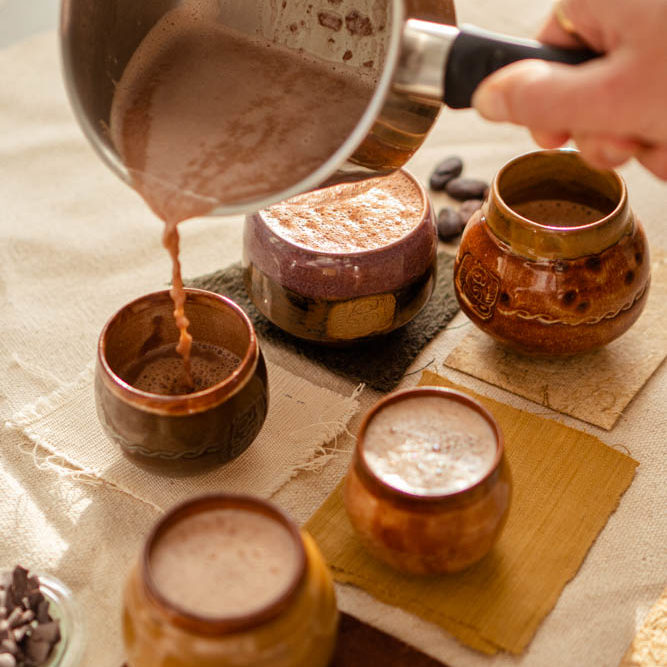
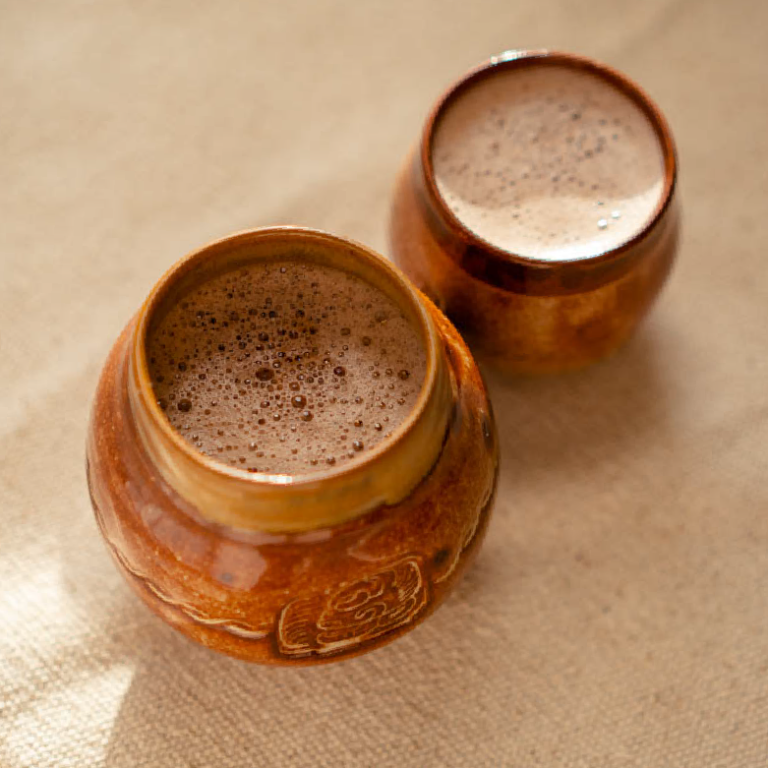

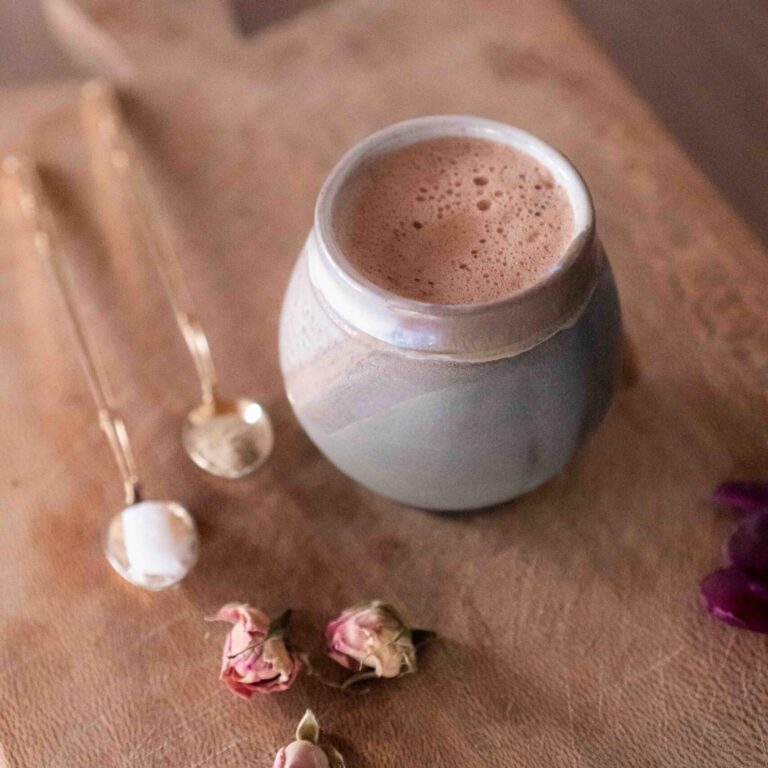
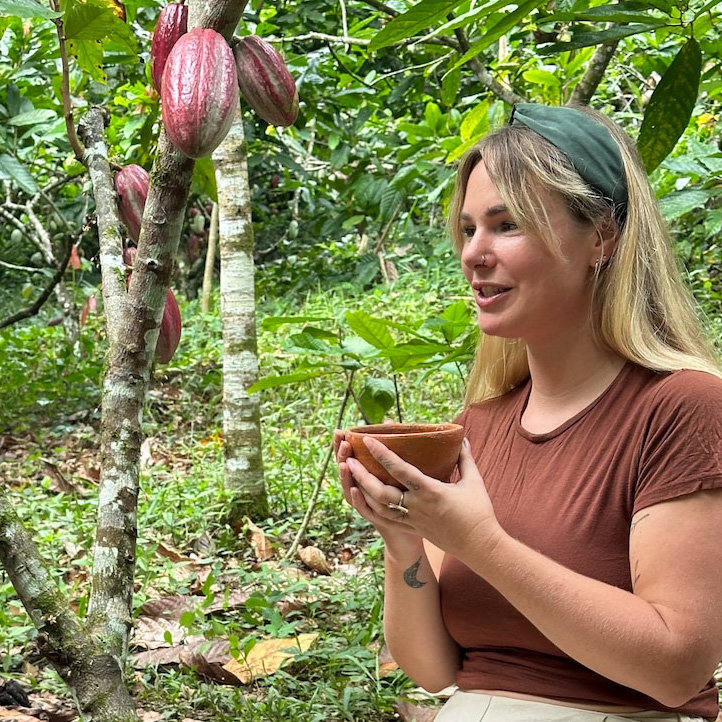


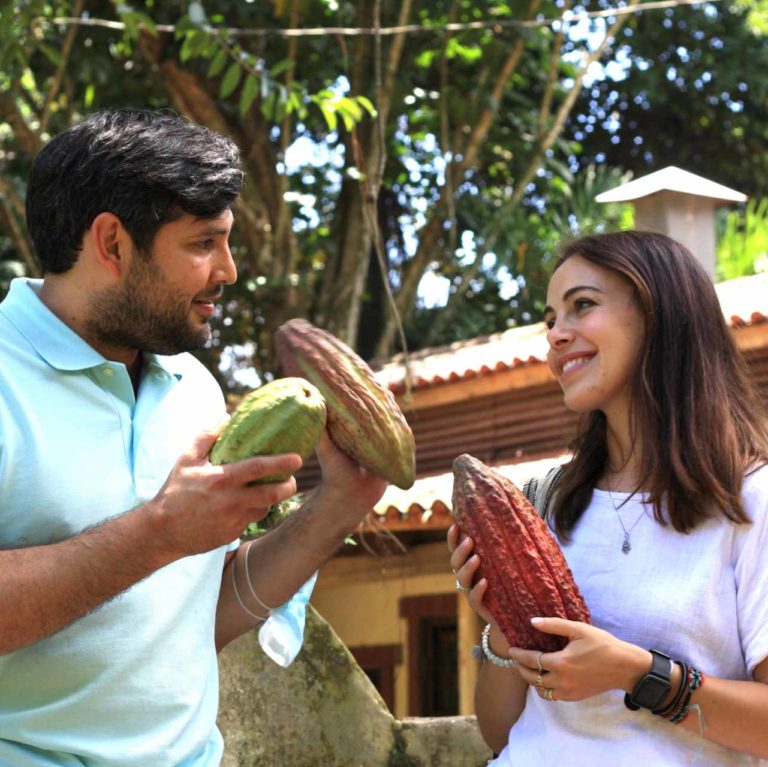

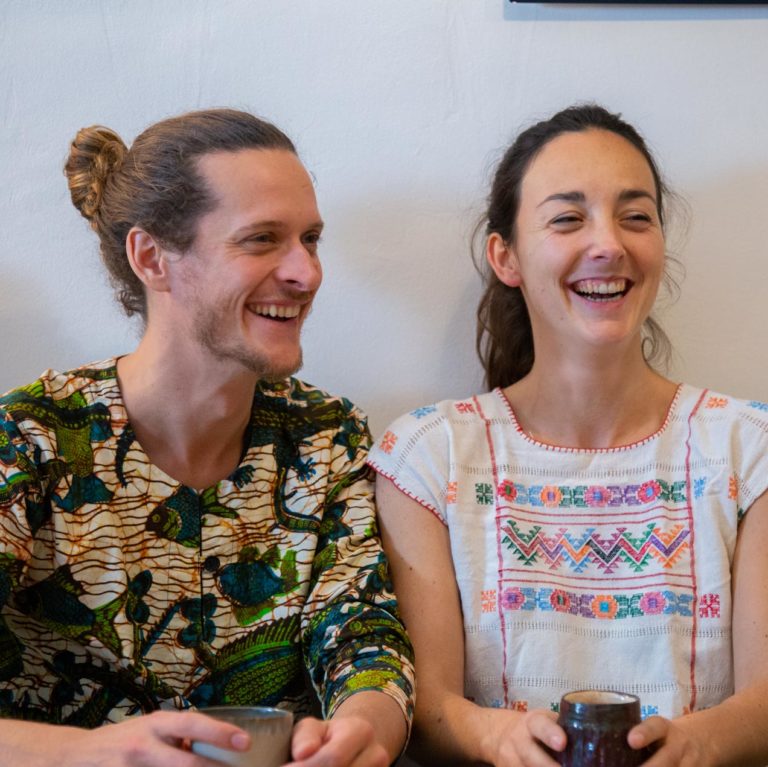




Comment on Why is Cacao called ‘Ceremonial’?